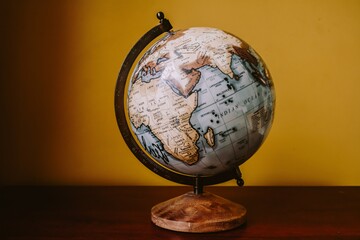What is plate tectonics?

Plate tectonics is the theory that the Earth's crust is made up of a number of plates that are constantly moving. This movement of the plates is responsible for many of the features of the Earth's surface, including mountains, volcanoes, and earthquakes.

Plate tectonics is the theory that the Earth's crust is made up of a number of plates that are constantly moving. This movement of the plates is responsible for many of the features of the Earth's surface, including mountains, volcanoes, and earthquakes.
Plate tectonics is a theory that explains how the Earth's surface is made up of large pieces called tectonic plates. These plates are always moving, and their movement is what creates mountains, volcanoes, and earthquakes.
The Earth's surface is made up of a layer of rock called the lithosphere. The lithosphere is floating on a layer of hot, molten rock called the asthenosphere. The asthenosphere is constantly moving, and this movement causes the lithosphere to move as well.
There are three main types of plate boundaries: convergent boundaries, divergent boundaries, and transform boundaries.
- Convergent boundaries are where two plates are moving towards each other. When this happens, one plate may be pushed under the other, or the two plates may collide and crumple up. This can create mountains, volcanoes, and earthquakes.
- Divergent boundaries are where two plates are moving away from each other. When this happens, new crust is created as molten rock from the asthenosphere rises up and cools. This can create mid-ocean ridges and rift valleys.
- Transform boundaries are where two plates are sliding past each other. When this happens, earthquakes can occur.
Plate tectonics affects our world in many ways. It is responsible for creating the mountains, volcanoes, and earthquakes that we see on the surface of the Earth. It also plays a role in the formation of oceans and continents.
Plate tectonics is a complex theory, but it is an important one to understand. It helps us to understand how the Earth's surface is formed and how it changes over time. It also helps us to understand the causes of natural disasters such as earthquakes and volcanoes.

Plate tectonics is the theory that the Earth's crust is made up of a number of plates that are constantly moving. This movement of the plates is responsible for many of the features of the Earth's surface, including mountains, volcanoes, and earthquakes.